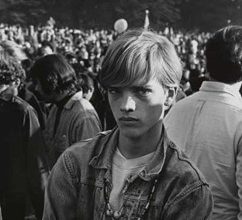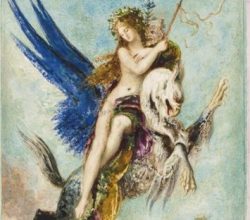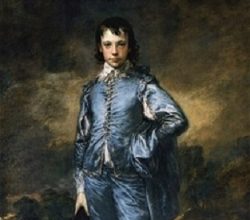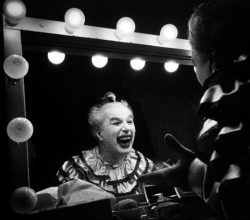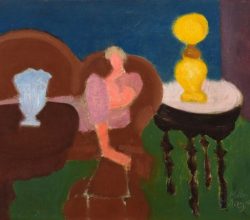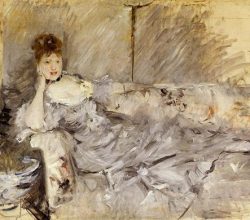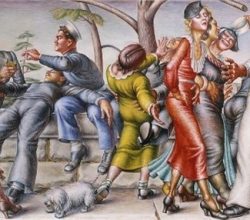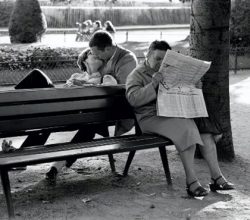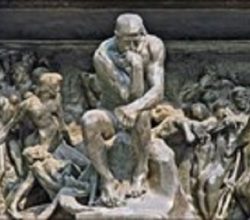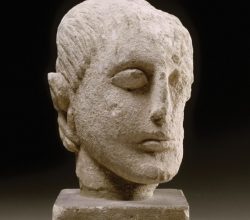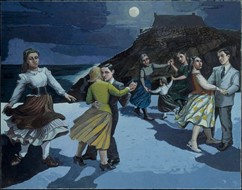
Paula Rego review – phenomenal paintings, shame about the decor
Jonathon Jones | The Guardian | 5th July 2021
Rego is one of the major artists of our age. Her highly imaginative works portray violence, the complexities of relationships, families, stories told in a hyper-realist style. One critic says “to describe this show as stunning would be an understatement”. Another gushes “no artist has more powerfully and persuasively mastered then subverted the language of male painterly tradition to express modern female interior experience”. Images are here.

